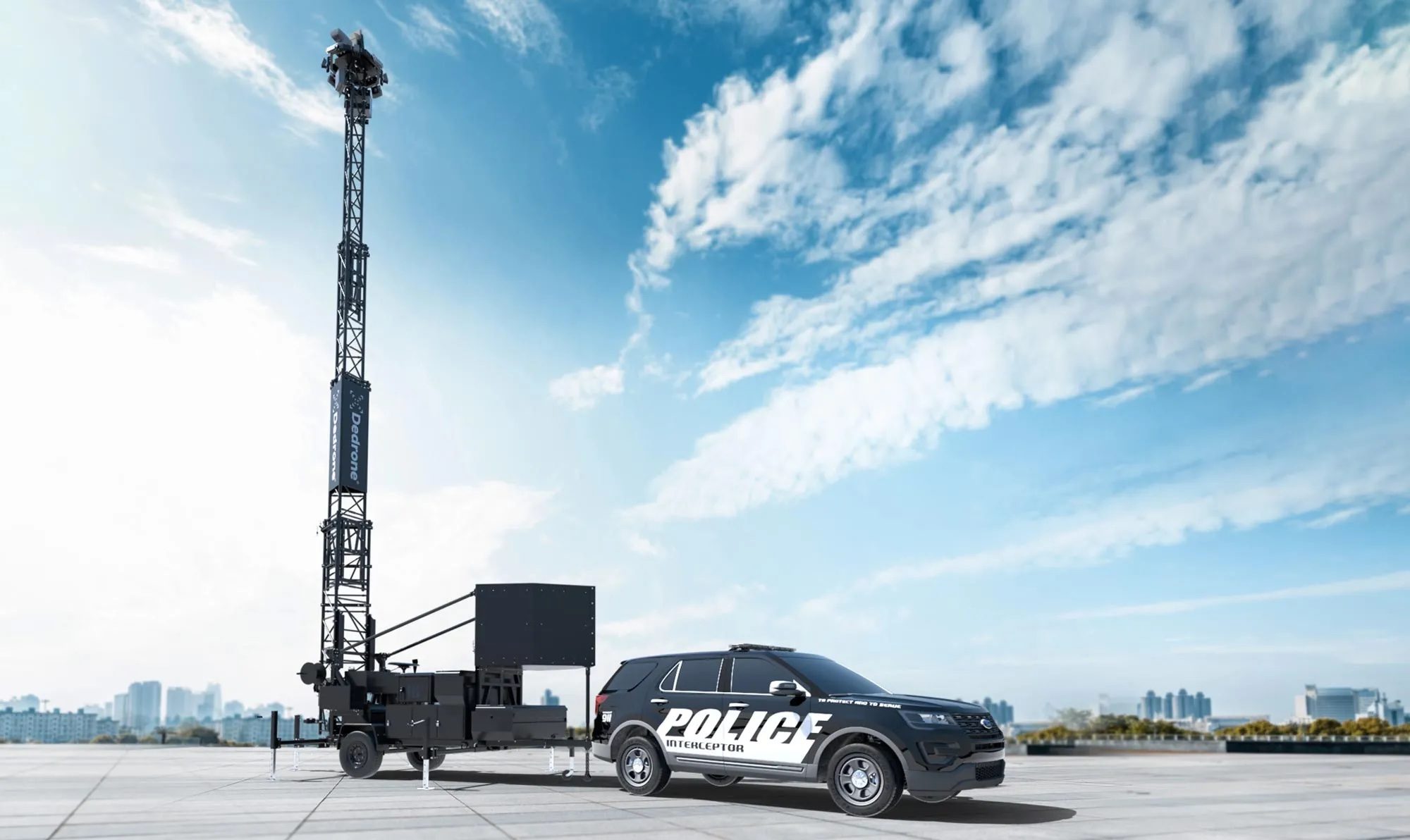At DRONELIFE, we are proud of our partnership with DRONERESPONDERS, an international public safety drone community. Here, we are please to present this guest post by Charles Werner, Director of DRONERESPONDERS, on the need to equip first responders with counter drone technology, training, and authority. DRONELIFE neither accepts nor makes payments for guest posts.
Empowering Local Responders for a Safer, More Secure National Airspace
by Chief (Ret.) Charles Werner
As Director of DRONERESPONDERS, I see firsthand the challenges our public safety teams face in navigating the evolving drone landscape. Drones bring incredible value to our emergency services, from search and rescue to disaster response and law enforcement support. But as the skies become more crowded, unauthorized and sometimes dangerous drone activities pose real threats—not only to public safety but also to the integrity of the National Airspace and the future of commercial drones and Advanced Air Mobility (AAM).
Our goal of integrating AAM into our communities hinges on maintaining secure and organized airspace. The rise in unauthorized drone incidents, coupled with the lack of real-time airspace awareness for local responders, creates gaps in safety. To address these gaps, state, local, tribal, and territorial (SLTT) law enforcement agencies must be empowered to actively monitor and manage the airspace, especially during emergencies or high-stakes events.
Industry Insights Show the Growing Need for Airspace Awareness
Several industry leaders, including AeroDefense, Dedrone, and Pierce Aerospace, have highlighted the significant increase in unauthorized drone activity, underscoring the need for better airspace management:
AeroDefense reports a growing demand across industries for awareness of drone activity over critical infrastructure. Many companies are shifting their focus from drone mitigation to airspace awareness, using Remote ID solutions to monitor drone activity and assess potential threats.
Dedrone provides data indicating alarming increases in drone flights near sensitive locations. From 2023 to 2024, overall drone flights surged by 39%, and night flights spiked by 53%. Even more concerning, violations at major energy facilities rose by 14%, while incidents at prisons saw a 47% jump, underscoring the risk of drones compromising secure environments.
Pierce Aerospace emphasizes the essential role of Remote ID in airspace security—and the fact that the technology tools to address community safety needs are already on the market. Their networked Remote ID sensor technology allows law enforcement to monitor airspace activity and respond to up to 90% of unauthorized drones. For higher-risk scenarios, Remote ID can be layered with additional technology, such as radar and cameras, creating a multi-faceted approach to airspace security.
These trends reinforce a clear message: Airspace awareness must be a priority if we are to safely integrate AAM and commercial drones and preserve the security of our national airspace.
Empowering SLTT First Responders with Airspace Awareness, Tools, Training, and Authority
In most drone-related incidents—whether it’s a drone harassing individuals, compromising critical infrastructure, or intruding on public events—the first call is almost always to the local police. State, local, tribal, and territorial (SLTT) law enforcement officers are on the front lines, expected to respond immediately and effectively. Yet, despite their critical role, SLTT responders lack the authority and resources needed to manage airspace threats independently.
While federal agencies have primary counter-drone authority, they simply don’t have the capacity to respond to every drone-related incident nationwide. Local responders must be equipped with tools, consistent training, and clear authorities to bridge this gap. Just as bomb technicians receive standardized federal training and certification to ensure coordinated, effective responses at every level, drone response training needs to be similarly consistent. Establishing federal training programs would ensure that all responders—whether local, state, or federal—operate with continuity and confidence in managing drone-related threats.
The urgency for these changes is underscored by recent data highlighting nefarious drone uses across the U.S. and observations from conflict zones worldwide. With increasing drone incidents in critical areas and limited federal resources, it’s imperative to equip and authorize SLTT responders without delay.
Equipping First Responders with the Tools, Training, and Authority to Support AAM Growth
For Advanced Air Mobility (AAM) to flourish in a safe, controlled manner, expanding airspace awareness at the local level isn’t enough. We need to equip first responders with the right tools—and empower them to use those tools effectively. Remote ID receivers, RF sensors, radar, and camera systems are invaluable resources that provide a clear picture of airspace activity, allowing responders to identify and assess potential threats in real time. However, these technologies can only fulfill their purpose if local responders have access to them, receive consistent training on their use, and possess the authority to act.
As we look to the future, strengthening SLTT response capabilities will ensure our national airspace remains secure, providing the foundation for AAM to grow and thrive. Congress must act to grant first responders the authority they need, while also investing in the necessary tools and training programs. Only with this support can we enable first responders to protect our communities effectively and prepare our skies for a future of safe, integrated air mobility.

